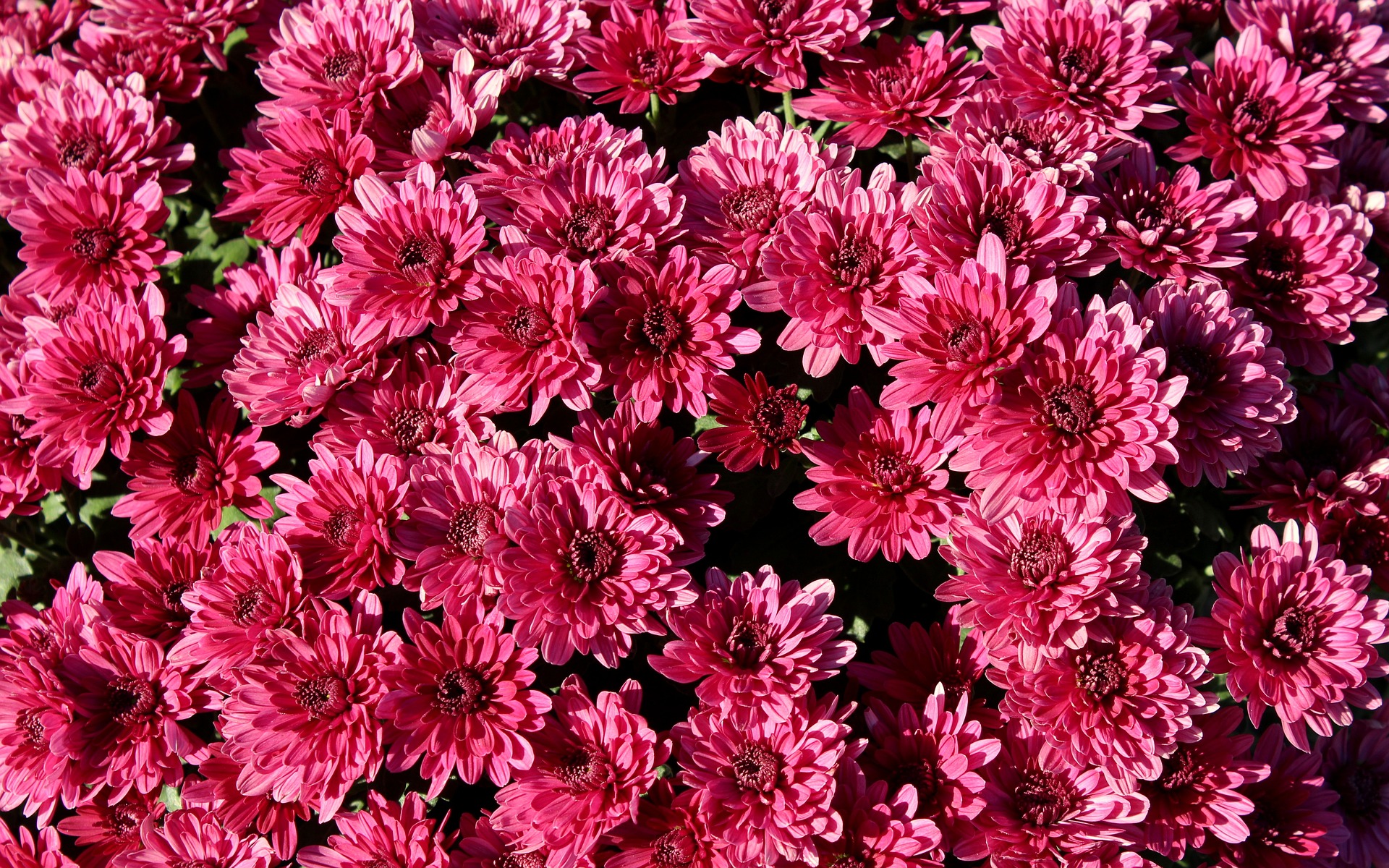The chrysanthemum—or mum for short—is the flower most associated with the fall season, providing the last pop of color in the garden. They make excellent decorations for autumn displays and have a long history of symbolism dating back centuries. Learn more about chrysanthemums!
November Birth Flower: The Chrysanthemum
Native to Asia, the word chrysanthemum comes from the Greek prefixes chrysos, meaning “gold,” and anthemon, meaning “flower.” Swedish botanist Carl Linnaeus is said to have named the plant.
The original color of the chrysanthemum was golden, but through cultivation, the flower now comes in a range of colors—yellow, orange, white, purple, pink, and red. A member of the daisy family (Asteraceae), the chrysanthemum is one of the most widely cultivated flowers.

Chrysanthemum Meanings and Symbolism
- Chrysanthemums symbolize loyalty, friendship, and joy, but each color conveys a specific meaning. For example, red represents true love, white signifies innocence and honesty, and yellow symbolizes a wounded heart or neglected love.
- In parts of Europe, the chrysanthemum is seen as an expression of sorrow and a symbol of death and mourning.
- The Chinese and Japanese view the chrysanthemum as a sign of youth. It was believed to allow people to live longer and keep their bodies healthier. According to folklore, one chrysanthemum petal at the bottom of a glass of wine would promote longevity.
- According to Chinese tradition, the flower prevents gray hair.
- Learn more about the meaning of flowers!
The Chrysanthemum in History
The chrysanthemum dates back to the 15th century B.C. in China, where it was grown as a flowering herb and used in salads and teas. In Chinese art, the chrysanthemum is one of the four plants that make up the Four Gentlemen, representing the four seasons, along with the plum blossom, the orchid, and the bamboo. It has been used in China for a long time as a remedy for headaches, to reduce blood pressure, and as an anti-inflammatory. It has also been offered to the elderly as a symbol of long life and good luck.
By the 17th century, chrysanthemums were introduced to Europe and then the United States.
It is the national flower of Japan, and each year, the Festival of Happiness is held on September 9 to celebrate the chrysanthemum. It has long represented royalty and nobleness in Japan and is used on the emperor’s official seal and crest.
The chrysanthemum is the flower given for a 13th anniversary and a traditional flower given on Mother’s Day in Australia. It is the official flower of Chicago, Illinois, too.
The National Chrysanthemum Society was incorporated as a nonprofit in 1954. Since then, the society has created a classification system—13 groups in all—for the diverse blooms.
Chrysanthemums in the Garden
Mums can be grown from seeds, cuttings, or by division. They are easy perennials to grow, and they should be planted in early spring after the possibility of frost has passed. They can be planted at any time but need at least six weeks for their roots to establish before hot temperatures or freezing weather. The plants will grow in the spring and summer but will not flower until fall.
Mums should not be planted in the same area for more than three years in a row—this practice will prevent diseases and pests.
When frost has killed the foliage, cut it back to the ground and cover it with mulch.
Read more about chrysanthemums in our Chrysanthemum Growing Guide!

Learn More
